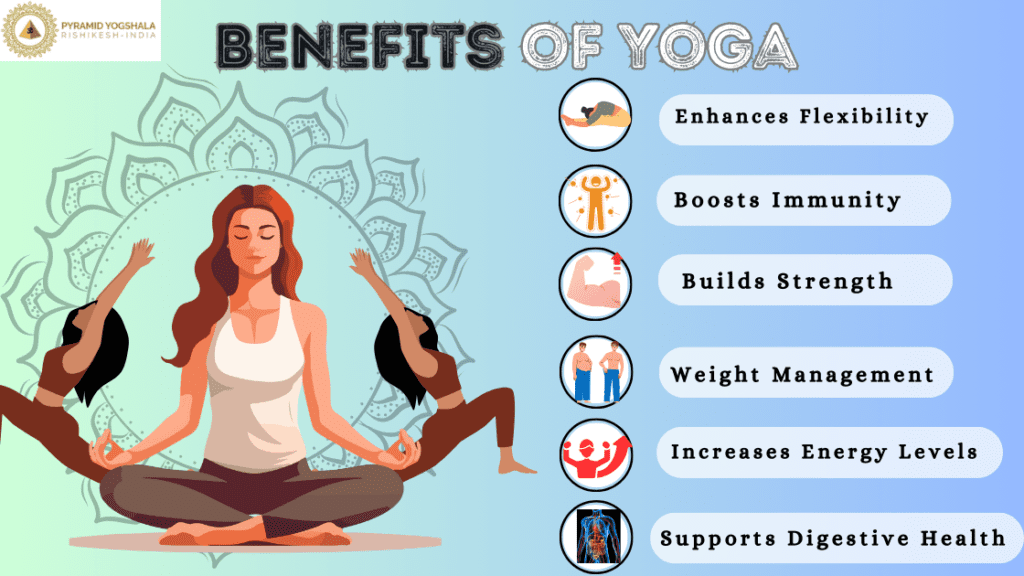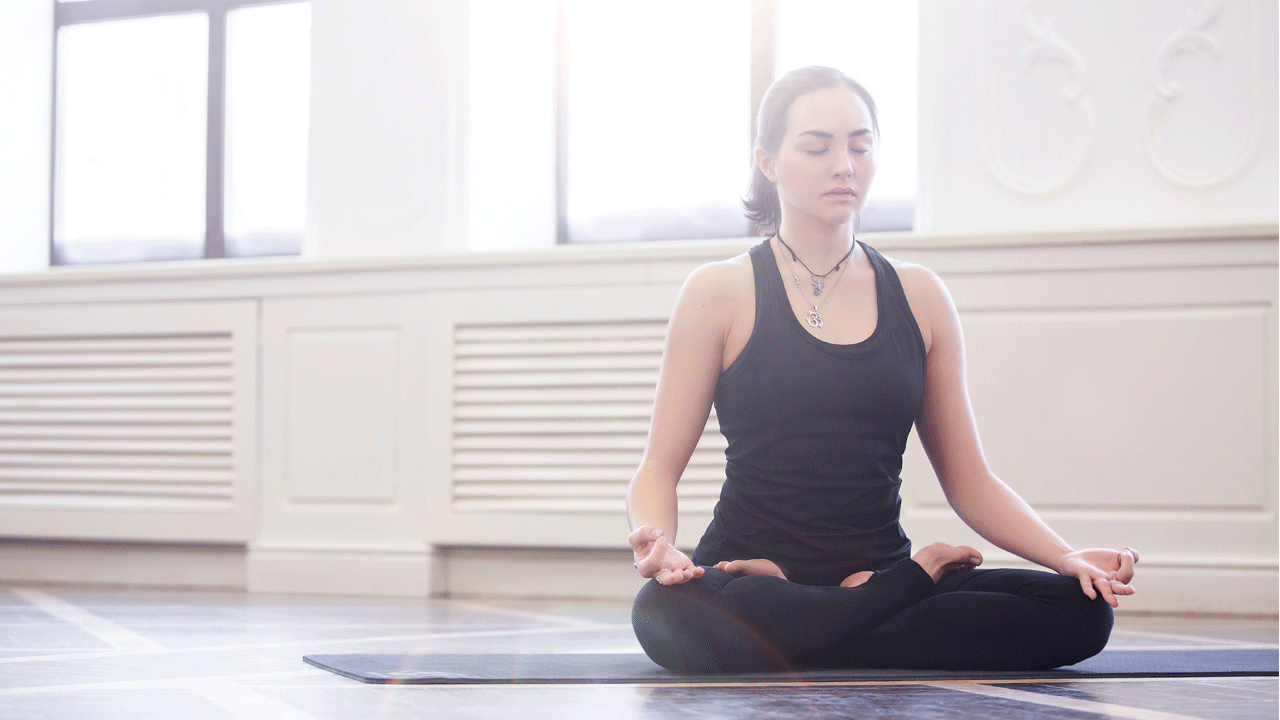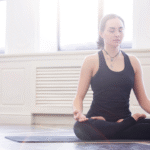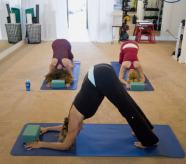1. Introduction
Meditation is widely recognized for its benefits in improving mental clarity, reducing stress, and boosting overall well-being. But when it comes to pairing meditation with exercise, the question remains: Should I meditate before or after my workout? Both options have distinct benefits depending on your goals and the type of exercise you do.
This article will explore the advantages of meditating before and after exercise, offer tips for combining the two practices effectively, and provide guidance on tailoring your routine to your personal needs.
2. What is Meditation
Meditation is a practice where an individual uses a technique – such as mindfulness, or focusing the mind on a particular object, thought, or activity – to achieve a mentally clear and emotionally calm and stable state. People who meditate often feel more relaxed, focused, and aware. Meditation can be done in various ways, from guided sessions to simple breathing exercises. Some people practice meditation to reduce stress, while others use it to improve concentration, creativity, or overall well-being.
3. What is Exercise
Exercise refers to physical activities designed to improve strength, stamina, flexibility, and overall health. It can be aerobic (e.g., running or swimming), strength-based (e.g., weight lifting), or involve flexibility and balance (e.g., yoga). Regular exercise is beneficial for both physical and mental health, helping to reduce the risk of chronic diseases, improve mood, and enhance the quality of life. The type of exercise chosen often influences how and when meditation can be integrated into a fitness routine.
4. The Benefits of Meditation for Physical Health

Before we dive into the specifics of when to meditate, it’s important to recognize the general benefits meditation can have on physical health. These benefits make meditation a great complement to any exercise routine:
- Reduces Stress Hormones: Meditation can lower levels of cortisol, the stress hormone, which can contribute to inflammation and muscle tension.
- Improves Heart Health: Regular meditation has been linked to improved heart health, as it can lower blood pressure and help regulate heart rate.
- Enhances Respiratory Function: Many meditation techniques, especially breathing exercises, can improve lung function, which is essential for both endurance and stamina.
- Boosts Immune System: Studies suggest that meditation helps boost the immune system, making the body more resilient to illness and injury.
5. The Benefits of Meditation for Mental Health

Meditation is well known for its positive effects on mental health, and when paired with exercise, it can create a powerful routine for mental clarity and emotional well-being. Here are some key benefits:
- Reduces Anxiety and Depression: Meditation has been shown to reduce symptoms of anxiety and depression, which can help improve overall mood.
- Improves Focus and Cognitive Function: Regular meditation enhances attention, concentration, and the ability to process complex information.
- Promotes Emotional Well-being: Meditation promotes a calm state of mind, allowing individuals to better manage their emotions during stressful situations, including intense exercise.
6. Meditating Before Exercise Key Benefits

Increased Focus and Clarity
Meditating before exercise helps clear the mind and prepare you mentally. This allows you to focus better on your workout, block out distractions, and perform movements more effectively. Especially in high-intensity activities like running or weightlifting, having a focused mindset can prevent injuries and improve performance.
Stress Reduction
Meditation reduces the build-up of stress and anxiety, allowing you to start your exercise routine on a calm note. With less mental clutter, you’re more likely to enjoy the workout and get the most out of it.
Improved Performance
By taking time to meditate before exercising, you are priming your body and mind to perform better. Whether it’s a mental boost or enhancing your physical coordination, the connection between the body and mind during exercise is crucial. Pre-workout meditation sets the tone for physical success.
Better Mind Body Connection
Meditation before exercise creates awareness of the body, helping you understand its movements, posture, and any tightness or strain that could affect performance. This mindfulness often leads to better form and more efficient exercise execution.
7. Meditating After Exercise Key Benefits
Muscle Recovery and Inflammation Reduction
Post-exercise meditation can be a great tool for reducing muscle soreness and inflammation. By calming the nervous system and lowering cortisol levels, your body can repair itself more efficiently after physical exertion. This relaxation helps speed up recovery, making it easier to bounce back for the next session.
Stress Relief and Mental Relaxation
After a workout, the body can feel fatigued and the mind may feel scattered or overwhelmed. Meditation after exercise helps restore balance by triggering the relaxation response, calming the mind and easing post-workout mental fatigue.
Enhanced Flexibility
Meditation encourages the body to relax, which is particularly beneficial after stretching or yoga. The relaxation effects can improve flexibility, allowing you to achieve a deeper stretch and maintain a more relaxed posture after exercise.
Better Sleep
Meditation post-exercise has been shown to improve sleep quality. By lowering stress levels and promoting relaxation, meditation can help you unwind and prepare for a good night’s rest. This is especially beneficial if you exercise in the evening, as it can mitigate the potential energy spike from a workout and promote restful sleep.
8. Combining Meditation with Exercise A Balanced Approach
If you’re unsure whether to meditate before or after exercise, consider combining both practices for a balanced approach. You can start with a brief session before your workout to clear your mind and increase focus, then follow up with a post-exercise meditation to aid in recovery and mental relaxation.
Creating a Holistic Routine
By practicing meditation both before and after exercise, you can maximize the mental and physical benefits of both. This holistic approach allows for a stronger mind-body connection and a more effective fitness routine.
Personalizing Your Meditation Schedule
Everyone’s fitness routine and goals are different, so the timing and type of meditation should be personalized. For instance, a morning jog may benefit from a short meditation session before exercise to wake up the body and mind, while a post-workout meditation after an evening session may help reduce stress and improve sleep.
9. Factors to Consider When Choosing Before or After Exercise
Choosing whether to meditate before or after exercise depends on several factors, including your goals, available time, and energy levels. Here are some key considerations:
Your Personal Fitness Goals
- Before Exercise: Ideal for improving focus, coordination, and mental clarity.
- After Exercise: Best for relaxation, muscle recovery, and reducing post-workout fatigue.
Available Time and Routine
- If you have limited time, a quick 5–10-minute meditation before or after your workout can still provide mental and physical benefits.
Energy Levels and Intensity of Exercise
- Meditating before an intense workout may help you focus and mentally prepare, while meditation after a more moderate workout may help you relax and recover.
Type of Exercise You Do
- Activities that require high mental concentration (e.g., weightlifting, HIIT) may benefit from pre-exercise meditation, while more low-intensity activities (e.g., yoga, stretching) may benefit from post-exercise meditation.
10. Guidelines for Effective Meditation Practice

- Start Small and Gradually Build: If you’re new to meditation, start with 5–10-minute sessions and gradually increase the duration.
- Consistency is Key: Make meditation a part of your routine for consistent benefits.
- Create a Comfortable and Quiet Environment: Find a quiet, comfortable spot where you won’t be disturbed during your meditation practice.
- Focus on Mindful Breathing: Incorporate deep breathing exercises to calm the nervous system and improve concentration.
- Maintain Proper Posture: Sit comfortably, with a straight spine, to stay alert and focused during meditation.
11. Alternatives to Meditation Other Relaxation Techniques
If meditation isn’t your preferred method, here are some alternatives that can also complement your exercise routine:
- Yoga: Combining yoga with meditation can offer both physical benefits and mental relaxation.
- Deep Breathing Exercises: Focus on deep, controlled breaths to relax the mind and body.
- Progressive Muscle Relaxation: A technique where you tense and release muscle groups to relieve physical tension.
12. Common Mistakes to Avoid
- Meditating Too Long or Too Short: It’s important to find a balance. Too long, and you might tire yourself out; too short, and the benefits may not be noticeable.
- Being Too Rigid in Your Meditation Routine: Flexibility is key. Don’t force meditation at a specific time if it doesn’t feel right for that day.
- Meditating While Overexerted: Ensure your body is in a comfortable state before starting your meditation, especially if you feel very fatigued from your workout.
Table of Contents:
- Introduction
- What is Meditation?
- What is Exercise?
- The Benefits of Meditation for Physical Health
- The Benefits of Meditation for Mental Health
- Meditating Before Exercise: Key Benefits
- Increased Focus and Clarity
- Stress Reduction
- Improved Performance
- Better Mind-Body Connection
- Meditating After Exercise: Key Benefits
- Muscle Recovery and Inflammation Reduction
- Stress Relief and Mental Relaxation
- Enhanced Flexibility
- Better Sleep
- Combining Meditation with Exercise: A Balanced Approach
- Creating a Holistic Routine
- Personalizing Your Meditation Schedule
- Factors to Consider When Choosing: Before or After Exercise?
- Your Personal Fitness Goals
- Available Time and Routine
- Energy Levels and Intensity of Exercise
- Type of Exercise You Do
- Guidelines for Effective Meditation Practice
- Start Small and Gradually Build
- Consistency is Key
- Creating a Comfortable and Quiet Environment
- Techniques to Use During Meditation (e.g., Breathing Exercises, Mindfulness)
- Posture and Comfort During Meditation
- Alternatives to Meditation: Other Relaxation Techniques
- Yoga
- Deep Breathing Exercises
- Progressive Muscle Relaxation
- Common Mistakes to Avoid
- Meditating Too Long or Too Short
- Being Too Rigid in Your Meditation Routine
- Meditating While Overexerted
- Conclusion
Conclusion:
Whether you choose to meditate before or after exercise, both approaches offer valuable benefits. Meditation before exercise can enhance focus and performance, while meditating after exercise aids in recovery and relaxation. By understanding your goals, energy levels, and the type of workout you’re doing, you can personalize your meditation practice for maximum benefit.
The most effective approach might be to combine both practices, using pre-workout meditation to mentally prepare and post-workout meditation to relax and recover.











